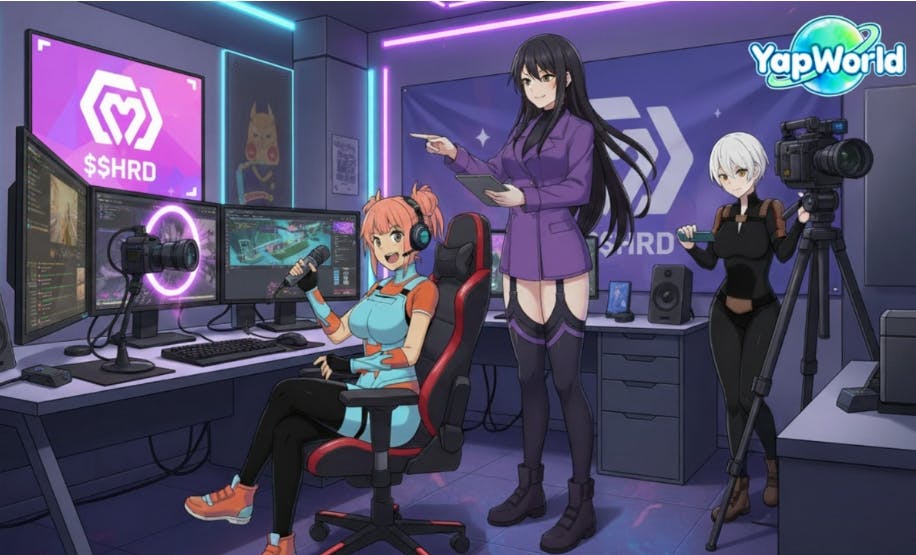Across Africa, 600 million people live within reach of 3G or 4G networks but have never used the internet. The reason, according to Angela Wamola, Head of GSMA Africa, is not coverage. It’s not even a failed policy. It’s the simplest barrier of all: the smartphone remains too expensive for the average African.
Last month, the GSMA moved to change that. Working with operators and device manufacturers, the industry body launched an initiative to deliver smartphones priced between $30 and $40, a dramatic drop that could shift the digital trajectory of the continent. If successful, Wamola says, it would create one of the largest digital inclusion waves in history.
But affordability is only the start of the story.
Affordability: the continent’s biggest digital barrier
GSMA’s research breaks Africa’s digital divide into four major categories: affordability, literacy, relevance, and trust. Affordability consistently ranks as the largest barrier—specifically, the affordability of entry-level smartphones and the data to run them.
“Surveys across the continent show the same thing: people simply cannot afford the device,” Wamola told . “In many countries, taxes alone make up 30–40% of the final price.”
That tax burden turns the “cheap smartphone” into a luxury item. GSMA’s latest report shows that an entry-level smartphone costs, on average, 26% of the median African monthly income, estimated at $800. For the 40% of the population at the bottom of the pyramid, the cost rises to 64%, and for the poorest 20%, it can demand over 80% of monthly income.
“When a device consumes nearly your entire salary, it’s not a choice,” she says. “It’s a barrier.”
South Africa’s bold tax cut and why GSMA wants others to follow
In February, South Africa removed ad valorem (luxury) taxes on devices priced below R 2,500 (about $130). It was a rare example of fiscal policy aligned with digital access.
GSMA is now urging other African countries to adopt similar measures. But many governments depend heavily on telecoms-related taxes. Countries like Nigeria—grappling with revenue gaps—have even considered adding new excise taxes on telecom services.
Wamola acknowledges the dilemma but argues that the long-term payoff outweighs the short-term revenue loss.
“Policies are enablers,” she says. “Reducing taxes on entry-level devices expands the digital economy, increases productivity, and ultimately grows the tax base.”
To support this argument, GSMA developed the Digital Africa Index, a tool that lets policymakers compare digital adoption, regulatory environments, and policy outcomes across 55 African countries. The goal is to show, using data, that enabling policies drive digital growth.
“There’s no need to reinvent the wheel,” she says. “Countries can learn from what has worked next door.”
Why a $40 smartphone matters now
Africa’s mobile industry is at a critical inflection point. As the world prepares for 6G, most Africans remain stuck on basic 2G feature phones. Nearly 70% of the continent’s mobile users do not own a smartphone capable of accessing modern applications in education, health, finance, and e-commerce.
Yet Africa has network coverage. What it lacks is device access.
“We have 616 million people covered by broadband who never go online,” Wamola says. “That is a wasted opportunity.”
The GSMA’s proposed $30–$40 smartphone is designed to break this deadlock. At MWC Kigali, operators and manufacturers agreed on the minimum specifications needed for a meaningful digital experience: 4G capability, reliable battery, adequate memory, and support for emerging technologies like AI-powered translation and voice assistance. GSMA is in partnership with six of Africa’s biggest mobile operators—Airtel Africa, Axian Telecom, Ethio Telecom, MTN, Orange, and Vodacom.
The idea is not simply to get people online, but to allow participation in the fast-growing AI economy. Today, low-end 3G devices limit users to basic browsing. Tomorrow’s low-cost smartphones will support voice interfaces that overcome literacy and language barriers.
“In the age of AI, people can speak Swahili, Yoruba, or Zulu into a device and immediately interact with the internet,” Wamola says. “But that requires at least a 4G handset.”
Should Africa phase out 3G?
Some governments are considering sunsetting 3G to push users toward newer technologies. Nigeria, for instance, currently has only 6.6% 3G usage. But critics warn that such transitions risk excluding the poorest users who cannot afford 4G phones.
Wamola says the conversation needs nuance.
“2G and 3G sunsets will happen—it’s not if, but when,” she says. “The question is how we bring consumers along in that journey.”
For users, she argues, the target should be 4G, which supports both the apps and the creative economy Africa needs. For machines, POS terminals, IoT sensors, and logistics equipment, migration from 2G to modern IoT standards will take longer.
“But the North Star is simple: nobody should be left offline. Because if they’re offline, they’re left behind.”
Can Africa manufacture its way out of the problem?
African countries have repeatedly attempted local smartphone manufacturing, with Rwanda, Egypt, and Nigeria among them, but sustainability remains the challenge.
“For any production line to survive, you need scale,” Wamola says. “If every country launches its own assembly plant, most will eventually run out of demand.”
The real opportunity, she argues, lies in regional manufacturing and the African single market under AfCFTA. By pooling demand, Africa could produce enough units to stabilise costs.
A second opportunity is the circular economy: repackaging certified pre-owned devices. With proper testing, quality checks, and regulatory standards, Africa could import and resell refurbished phones at far lower prices.
“That’s another way to close the gap quickly,” she notes.
What to expect in 2026
Wamola believes 2026 will be a pivotal year for device affordability and digital inclusion.
“If we move quickly, more governments will follow South Africa’s lead,” she says. “And AI will help millions leapfrog literacy barriers.”
GSMA will continue pushing evidence-based insights through the Digital Africa Index and working with operators and manufacturers to refine entry-level smartphone standards.
“The goal is not just adoption,” she emphasises. “It’s unlocking a creative digital economy—where Africans are producers of content, not just consumers.”











